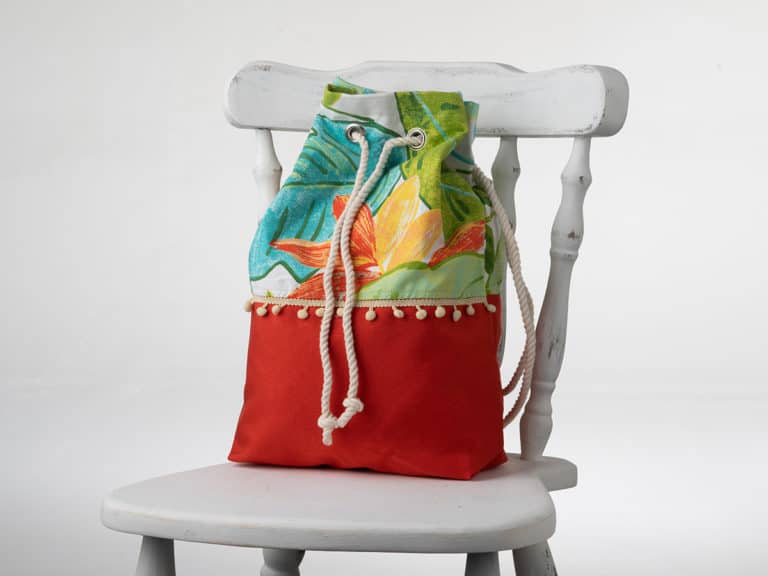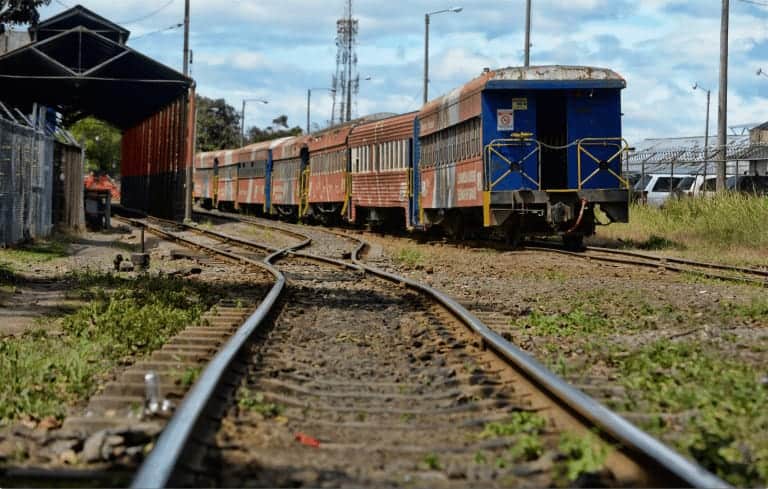In the world of backpacking and long-term travel, the experiences and connections made along the way are as diverse as they are profound. From navigating cultural stereotypes to forming deep, sincere bonds in short periods, the life of a traveler is a kaleidoscope of challenges and joys.
As one embarks on a journey through foreign lands, the questions “Where are you from?” and “Are you going up or down?” become familiar refrains, reflecting the curiosity and desire for connection that unite travelers from all walks of life.
In this exploration of the nomadic lifestyle, we delve into the unique dynamics of traveler relationships, the bittersweet reality of returning home, and the addictive nature of planning the next adventure.
“HELLO, where are you from? Are you going up or down?” Meaning, “Are you traveling north south through Central America?”
Sometimes a traveler gets tired of having the same conversations over and over again, and of exhibiting his or her nationality 10 times a day as a sort of indelible title. However, everybody asks one another where everyone comes from, maybe to avoid having a conversation in the wrong language or, subconsciously, to identify a person with the stereotypes we have all been raised with.
Surprisingly, one realizes while traveling how small the world can be. It is extremely common to run into someone over and over again in different countries, and even sometimes on different continents during a round-the-world trip.
A TRAVELER is limited by time. Some people say friendship needs years. Reality in traveling proves otherwise. Sometimes along the way, one finds incredible connections with others after very short periods of time. Those rare moments of intense conversations, of sharing deep moments with someone of a different country and having the feeling that this person really understands you more than anyone ever will back home, are probably among the best aspects of traveling.
Because of this lack of time, some backpackers tend to be more sincere, more straightforward, skipping the steps of any formal relationship.
After all, there is nothing to lose!
The backpacker’s world is a world of seduction. Most travelers are single (or at least pretend to be!) Casual relationships with other backpackers are extremely easy, especially since romance is helped along by the paradise settings. It seems to be part of the experience of traveling to experience short-term romances, sharing warmth for a few days, or filling up the hole of loneliness with something akin to marshmallow.
The traveler is searching for instantaneous pleasure, is seizing every opportunity for experiencing new things and having strong sensations.
However, almost everyone wants to remain free: compromises are often not an option and true commitments hardly ever made. Nevertheless, whatever kind of relationship exists between the backpackers, it is always sincere, simple and intense.
AND then comes going home and preparing for the next trip. Some are ready, after months or years of traveling. Others aren’t ready at all, and their anxiety about facing their lives back home increases as the final date approaches. Once at home, ex-travelers faces the difficulty of sharing with others their experiences, which often leads to frustration and feelings of loneliness.
If the traveler has been hooked, the approaching departure is time to mentally prepare for the next trip. On the way, the explorer has discussed other destinations: the full-moon parties of Ko Pha Ngan in Thailand? A trek around the Anapurna? The waterfalls of Iguazu in Argentina? All those discussions ignite the burning fire of the passionate traveler. It’s like a drug – the backpacker needs to plan out the next trip to handle coming down from the last one.
Gaëlle Sévenier is a freelance writer who has travelled extensively through Central America.



